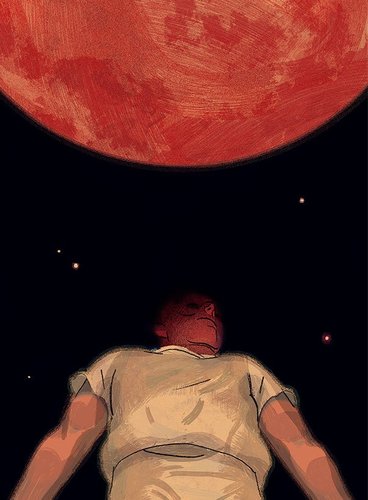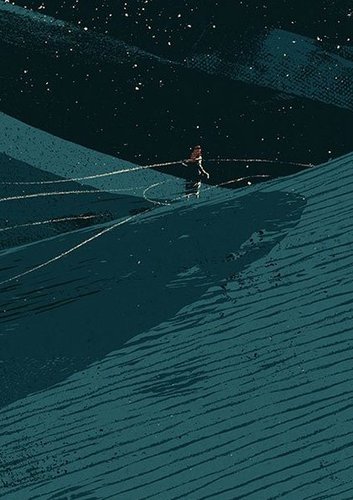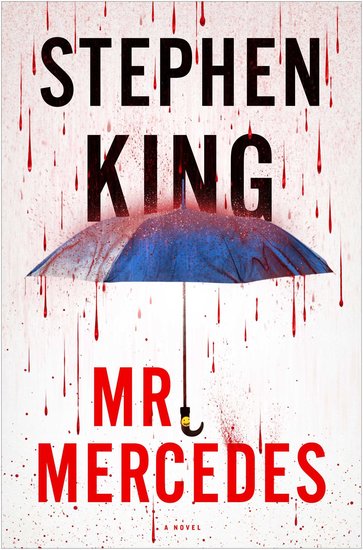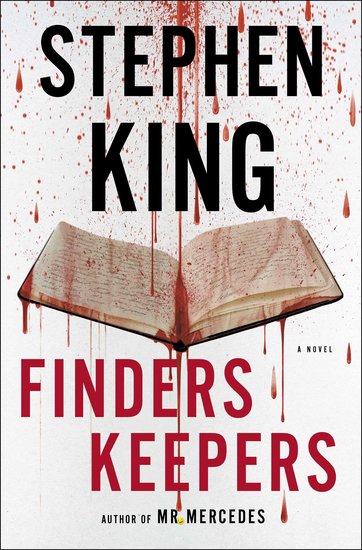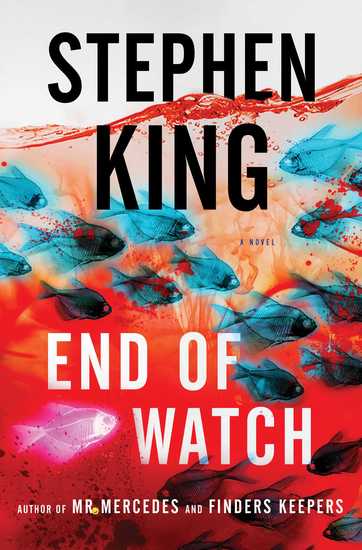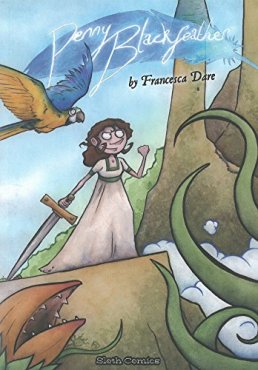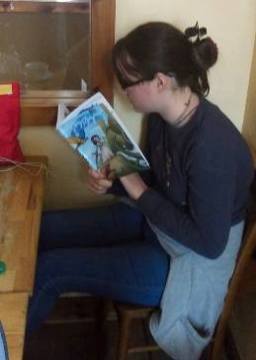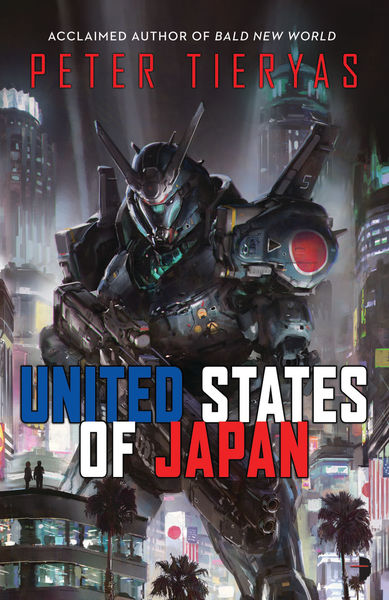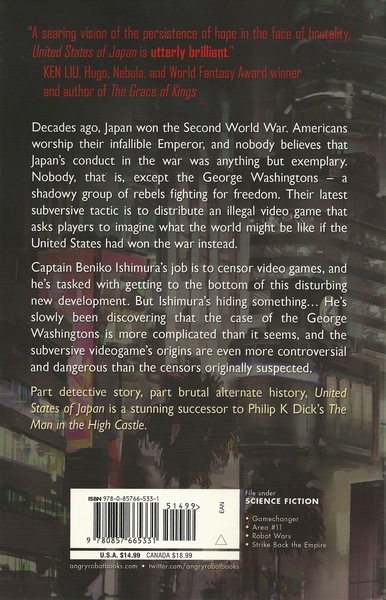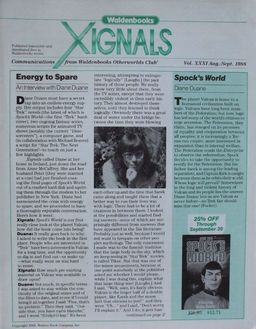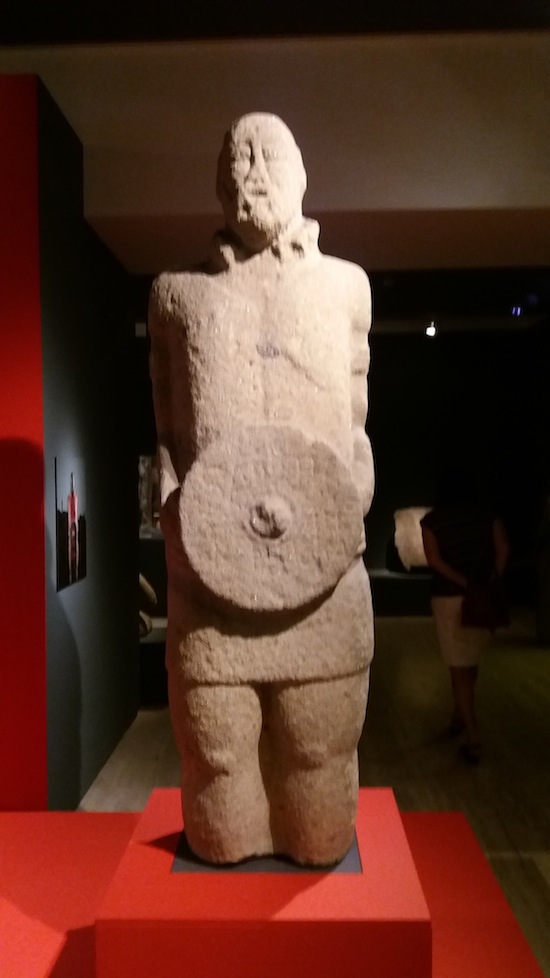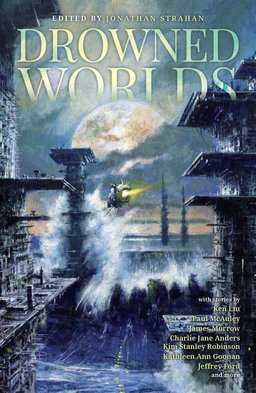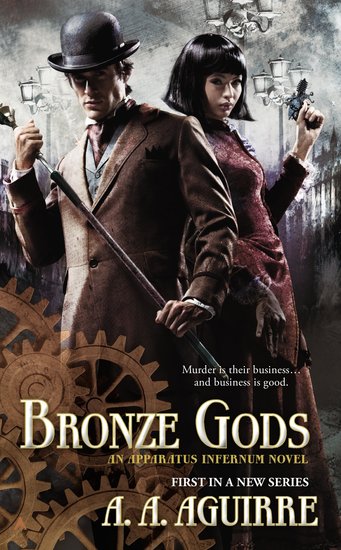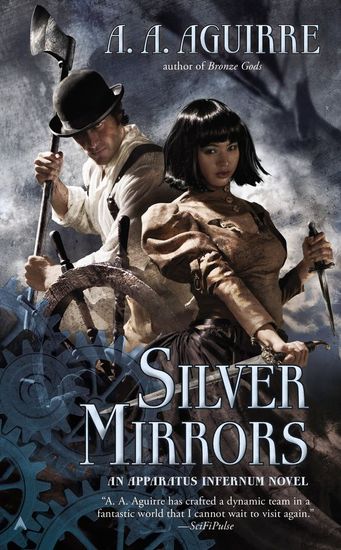John DeNardo: In Defense of Media Tie-Ins (Part 1)
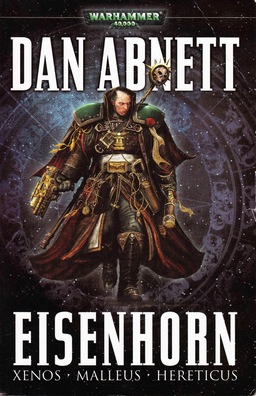 John DeNardo has closed up shop at his Hugo Award-winning blog SF Signal, but he continues to write about SF and fantasy in his regular column at Kirkus Reviews. One of his best recent articles — indeed, one of the most enjoyable blog posts I’ve read in a long time — was his passionate and articulate defense of Media Tie-ins, published on June 15.
John DeNardo has closed up shop at his Hugo Award-winning blog SF Signal, but he continues to write about SF and fantasy in his regular column at Kirkus Reviews. One of his best recent articles — indeed, one of the most enjoyable blog posts I’ve read in a long time — was his passionate and articulate defense of Media Tie-ins, published on June 15.
As much as I bemoan the poor public of image of science fiction by mainstream readers, there’s an even worse injustice going on. Some people in those very same slighted genre circles are often quick to dismiss a certain type of book: media tie-ins. These are the books that are based on a story most often found in another media (like film, television, and games) but could be sourced from other literary properties as well. These are the Star Wars, Star Trek, and Dungeons and Dragons prose novels that the bookstores like to relegate to the end of the science fiction and fantasy bookshelf section. They are positioned like an appendix in a non-fiction book “in case you’re interested in more reading.” You know, if you’ve run out of other things to read…
So, yes, media tie-ins are worth your time. I’ll even back that up: one of the best set of books I’ve ever read — in any genre — was the Eisenhorn trilogy by Dan Abnett. The books are set in the richly-imagined Warhammer 40K universe, which is based on the popular role playing game. (Even WH40K itself is an offshoot of the fantasy RPG Warhammer, for which there are even more prose novels.) Abnett is a one of the most skilled master storytellers you’ve never heard of. This is the series that I point to when anyone is quick to dismiss tie-in fiction. The fact that it is set in the Warhammer 40K universe is incidental, though if you are familiar with the games, that would be an added bonus when you read them. I don’t play the game, but that didn’t stop me from losing sleep because I couldn’t stop turning page after action-packed page, or cheering when a bad guy finally got his comeuppance.
Read John’s complete article here.
